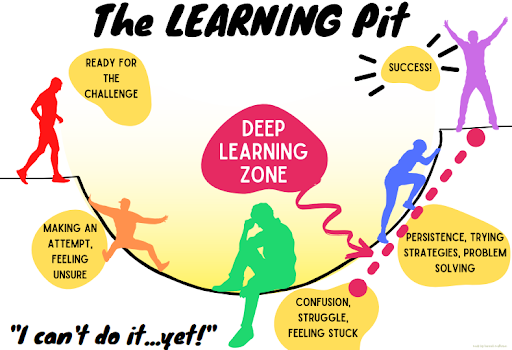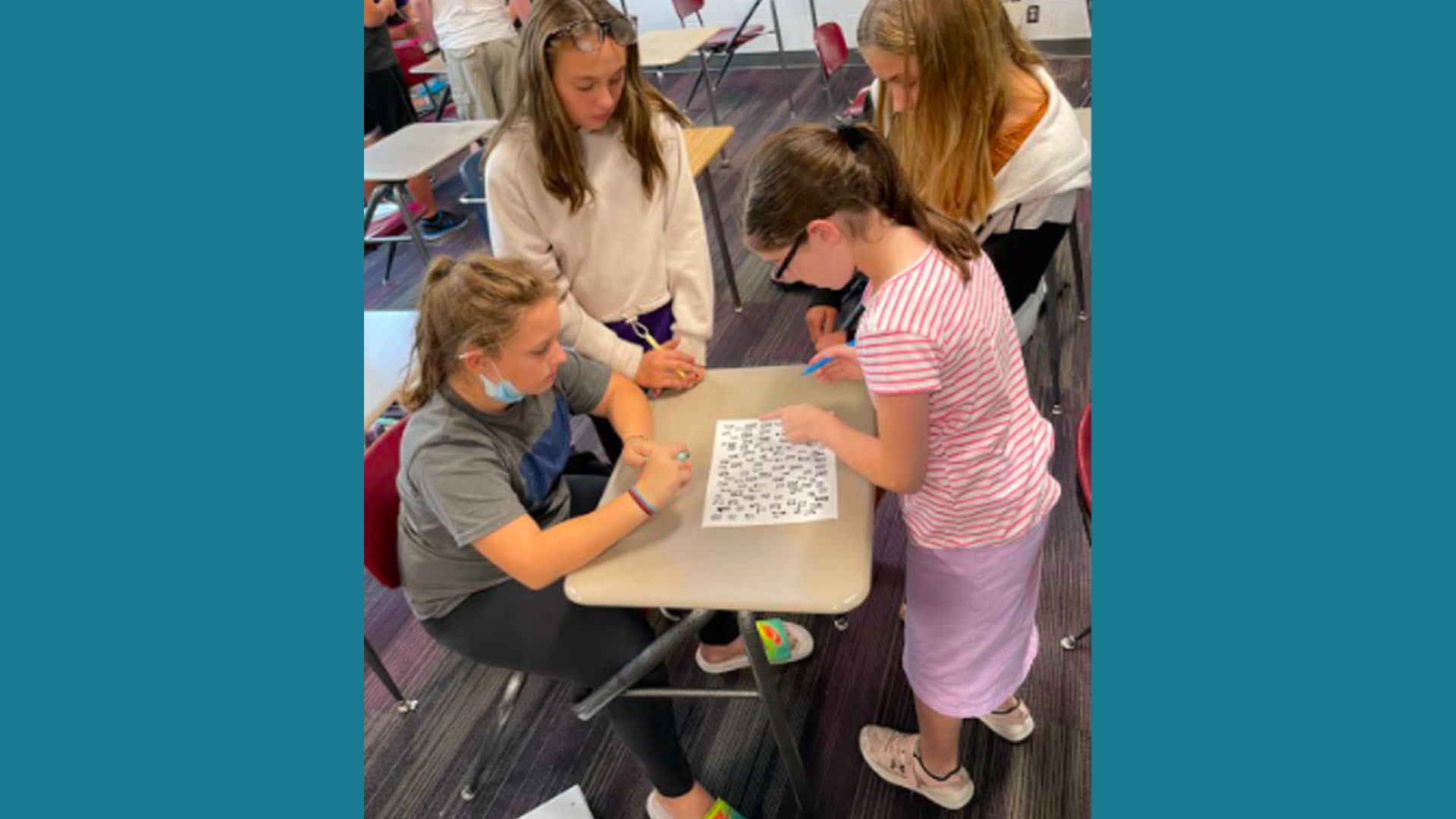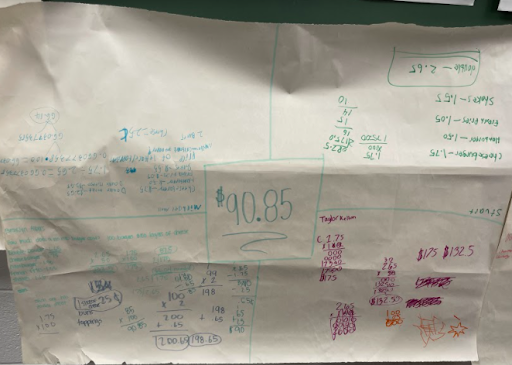I am still a work in progress, but I’ve come a long way. I have always struggled with “how do I get students to learn everything they are required to know within a very short class period?” every school year. I had an idea of what I thought a math teacher was “supposed to” teach but never really developed the idea of what MY teaching should look like. I wanted to created a space where my students could make mistakes and be okay, where they actually liked coming to my class, where they felt “smart” in their own way wherever they were in their learning, where they would push themselves to do better than yesterday, where they could struggle with something and still be alive to tell about it. I now tell my students, “Welcome to the pit!”, and they will either grin or glare because they know at that moment I’m not helping. During this time, they are learning that a struggle is important and effective in them learning something. They learn what information they already know and how they can apply it to something they don’t know yet. My hope in their struggle is that they see success in their journey of learning. This is called “The Learning Pit”:

They are learning that a struggle is important and effective in them learning something.

I now answer their questions with more questions to get them learning how they think, not telling them what to think. Each activity begins with self brain work, then group brain power, then ends sometimes with whole class brain power. At first, students can tend to be frustrated with me or just themselves. Students may start the activity with frustration but most of the time their thoughts/work becomes validated and they see that they actually have a good thought or are working in the right direction. Once they hit a moment where they feel stuck, they most often will find a reason to further investigate after discussing with their group members which then leads them to further solving the problem. It only takes about one really good poster math activity/lesson for students to “buy in” to what I’m guiding them to do. Poster math consists of a problem solving question or task related item that students find interesting enough to find a solution. Their challenges are fun and sometimes even silly questions or problems. I use problems from Dan Meyer, especially his three-act math tasks, that include finding measurements of miniature and super-sized gummy bears and timing a world record balloon dog. I also use real world problems from Robert Kaplinsky’s site, which includes the In-N-Out 100×100 cheeseburger challenge. Students have to find the cost of a cheeseburger that has 100 patties and 100 slices of cheese! It’s a class favorite! At least 80% of the class actually enjoys these days and usually once we get started the rest of the class will join in the fun because something catches their attention.


The beautiful moment is when I see students who usually don’t participate in class start to participate because the problem is either so crazy they have to buy in or the problem has their interest and they want to find the answer. It’s the same teacher feeling I get when a student has an “ah-ha” moment, the beauty is seeing it click with them to want to find a solution. They become vested and take an interest. I’ve been teaching middle school mathematics for 12 years now. The amazing fact is that I just found my niche last year…sad, right? Hopefully, as a fellow educator, you don’t stop reading. I have struggled for years with how I should teach math so that it sticks for learning and not just for the test…should I teach with notes, teach through word problems, teach through the textbook, teach by example of other teachers, teach through an online program, etc. Here’s the answer I have found: ALL of it. Now, you may say that sounds like a lot of work which is why I said I’m still a work in progress. When I first started teaching I thought best practice was: have a bell ringer, take notes, assign homework. I taught this way for a few years in the beginning and realized I was BORED myself and students were still not getting it! My first thought was that I wanted to teach for learning, not for performance on a testing predictor or a state test, but for real actual understanding of why we add, subtract, multiply, and divide. My students were my inspiration. Math sometimes is a struggle, especially when you are missing huge gaps in your learning. I decided that, since my students were not succeeding the way I wanted them to, I would change a few ways of my teaching style and hopefully help my students learn more. So within the last few years, I changed my teaching in a major way. I am using spiral math at the beginning of every class period, teaching with less hand-written notes (still some), doing more poster math (problem solving) questions. Currently, I am still tweaking and changing because I know there is still room to improve how my students actually LEARN math and not just a list of rules or procedures for an assessment. The challenge is still meeting students where they are in their learning journey while teaching the grade level standards. Students that struggle with their multiplication facts are going to struggle solving any type of equation. My goal is to help them with what they don’t know while still teaching them current grade level items that will be assessed. This means not teaching below grade level but supplementing the lower skills while working on level. The main focus with my students has always been that if I build a relationship where my students respect me they will work for me, meanwhile in their journey of coming to my class, they realize they are actually LEARNING MATH and that they are really working towards a better them.
Resources
Please login or register to claim PGPs.
Alternatively, you may use the PGP Request Form if you prefer to not register an account.


